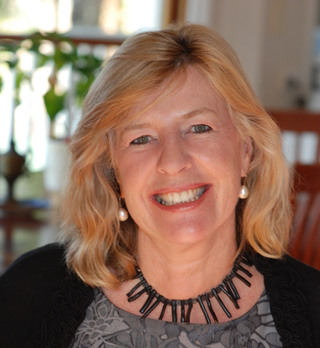I’m working on a complex story that includes the trade in coffee, so when my chum Luigi linked to resourcetrade.earth, from Chatham House, I rushed on over to see about coffee, not roasted, not decaffeinated.

The thing that mainly caught my attention was weird little Belgium. ((Not counting the absurd display of arrows going to and from the centre of the countries, rather than the big container ports.)) Exports of coffee, not roasted, not decaffeinated to France, greatest decline of all in 2015, down 15%. And yet, exports from Belgium to Netherlands in 2015 were up by 24%, the 2nd greatest increase.
I wonder what happened? And does it matter for my story?
 Foodwise, what unites Cameroon, Nigeria and Grenada? How about Cape Verde, Colombia and Peru? As of today, you can
Foodwise, what unites Cameroon, Nigeria and Grenada? How about Cape Verde, Colombia and Peru? As of today, you can 
 No country has solved the problem of how to ensure that all of its people have enough safe, nutritious food to eat year round, and the variety of approaches is both bewildering and informative. Australia, for example, has a welfare system that doesn’t make any specific provision for food. But it does exempt certain healthier foods – such as fruit and veg, bread, fresh meat, milk and eggs – from the Good and Services Tax. That makes them cheaper than they might otherwise be, a sort of
No country has solved the problem of how to ensure that all of its people have enough safe, nutritious food to eat year round, and the variety of approaches is both bewildering and informative. Australia, for example, has a welfare system that doesn’t make any specific provision for food. But it does exempt certain healthier foods – such as fruit and veg, bread, fresh meat, milk and eggs – from the Good and Services Tax. That makes them cheaper than they might otherwise be, a sort of